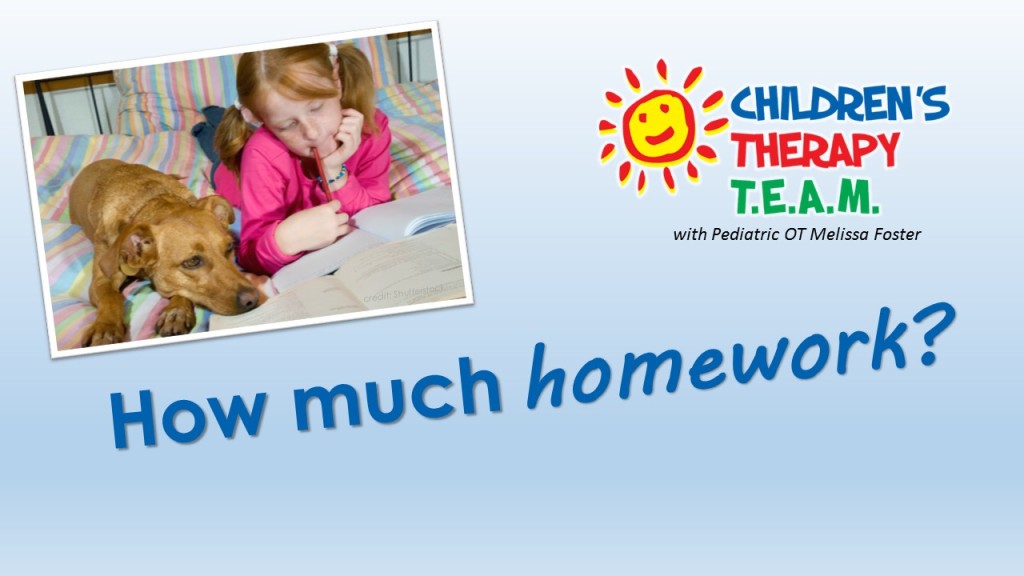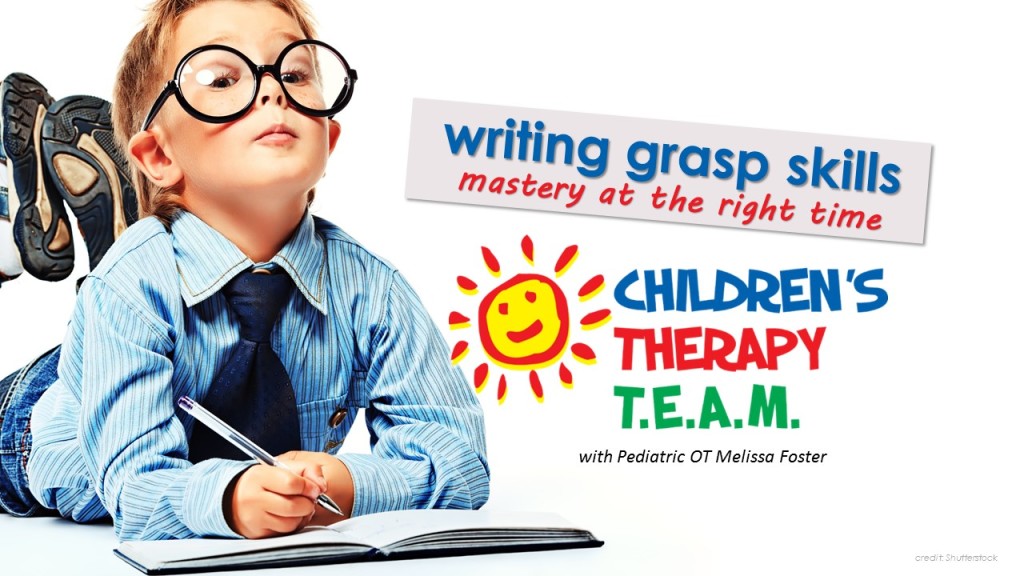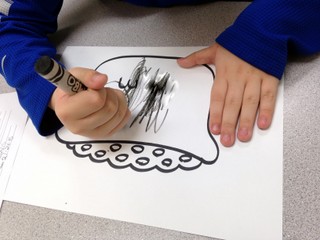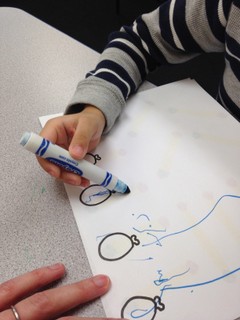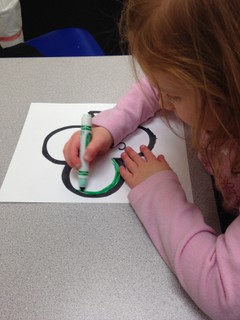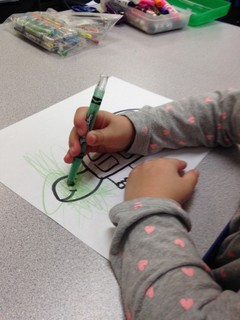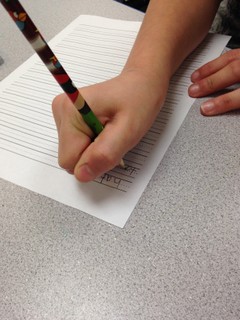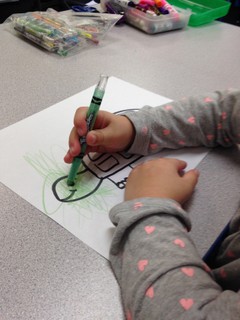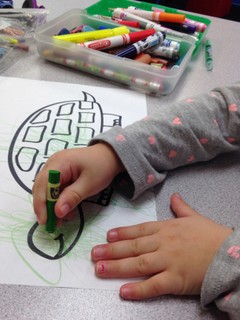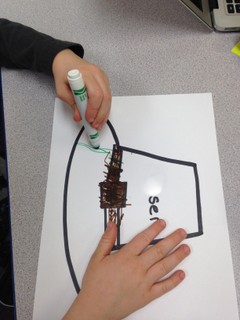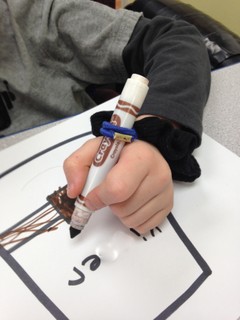Dear Melissa,
I have 2 children in elementary school, and it seems as if completing homework is a battle every night. Do you have any tips to make homework easier for our family?
I have 2 children in elementary school, and it seems as if completing homework is a battle every night. Do you have any tips to make homework easier for our family?
Ugh. I really don’t like homework! I did not like it as a child, and I dislike it even more now that I am a mommy, helping my own kiddos with their nightly homework. There is always the struggle of how much do you help, how much do you coach, how much do you let your kiddo “sink or swim”? Here are a few ideas I have rounded up to make homework less painful for all of us!
- Make a list. Are you a list maker? I certainly am! Just ask anyone in the clinic. Every. Single.
Session. I make a list (or rather, I work with the kiddo/patient to make a list for each session). There is just something tactile and satisfying by crossing off things on a to-do list. Even better if you are crossing off an unpleasant item. Lists are a great way to help your child manage their homework load in smaller chunks, have some control over the order in which to complete these chunks, and to stay focused on the task at hand. - Provide Structure. In a 2011 interview with CNN, Ann Dolin (Author of “Homework Made Simple: Tips, Tools and Solutions for Stress-Free Homework”) states, “The single best way to improve your child’s homework performance – and bring more peace to your home – is to insist on a daily schedule or routine.” Having a regular, nightly homework routine can help avoid battles of kiddos pleading, “Just one more___, and then I will start!” And don’t we all want to have fewer battles on the home front?
- Know your child’s attention style and span. Is he one who does best to get homework done as soon as he gets home from school? Does she attend better after dinner? Maybe break it up and do half before dinner and half after dinner? Is first thing in the morning best? We all have different learning styles and attention spans. Try to observe your child and see when his attention is best, then maximize the productivity at this time if you can.
- Utilize the weekend when you can. At my children’s school, we have various daily assignments, but then we have several assignments that we know about a week in advance, or certain things that need to be done several times a month. I know we all like a lazy Saturday, but sometimes adding a 20-30 minute homework session during the weekend can really free up a week day and make the week much more stress-free.
- Plan ahead. Science fair or the big game on Thursday night? But Thursday is also the night before the spelling test! Get science fair done a day or two early to allow more time for spelling on Thursday.
- Build in “unproductive time”. Watching TV, listening to music, or allowing your child to take an hour to get ready for bed actually allows the brain to rest while allowing it to process the events of the day. Both children and adults need downtime to recharge for the next day. If you feel like your child has no downtime, he/she is probably over-scheduled. Have your child rank activities in the order of importance and see what could be eliminated or reduced. (pta.org)
- Give your child space. Repeat after me. “I will NOT be a helicopter parent!” Unless you plan on going to college with your child, then you need to step back and let your child do the work. The key to this strategy is: Location. Location. Location. It’s best if your child can work on his/her homework in a quiet spot where you can breeze by every once in a while and make sure that the textbook is still open, and that she has not reverted to texting her friends. It is also better if you are not actually staying in the same room as your child. This forces your child to actually get up and walk to another room to ask for help, rather than asking for help on every problem. This helps both of you to set appropriate boundaries. And yes, it is OK if your child makes mistakes on homework sometimes. The homework was meant for your child and not for you!
- Use fidgets. Who says that one must sit “square in the chair” to learn? Does your child do best while standing? While laying on the floor or sitting in a bean bag? While holding a fidget item? While chewing gum? Over the years, I have had students utilize all of these techniques. If they work, they work. Choose your battles!
- If needed, push back on busy work. As I discussed last week, many students simply are being given too much homework. The rule of thumb is that students should only have 10 minutes of additional homework per night for each grade level the child advances in school, starting with 10 minutes in the first grade. If your child is regularly spending more time on homework than this, have a talk with your child’s teacher to help determine if your child is having difficulty with attention and time management skills, or if the workload is simply too much.
What tricks do you have to keep homework peaceful at your house? Have you discussed your child’s workload with his/her teacher? How was the response? Please share!
Resources:
Cettina, T. How to help your kids with homework, (August 30, 2011), CNN.
Foster, M. Homework: Too little, too much, or just right?, (March 2016), Children’s Therapy TEAM Blog.
Newman, J. But I Want to Do Your Homework, (June 21, 2014), New York Times.
Vatterott, C. Hints to Help Reduce Homework Stress, (accessed February 2016), National PTA
Wallace, K. Kids have three times too much homework, study finds; whats the cost?, (August, 2015), CNN.


